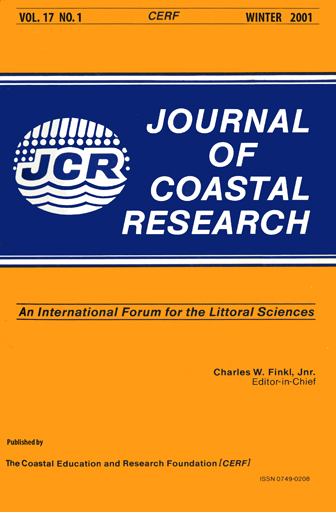Sedimentation along the Eastern Chenier Plain Coast: Down Drift Impact of a Delta Complex Shift
Keywords:
Remote sensing, satellite images, sediment transport, storm surge, cold front, hurricanes coastal geomorphology, coastal sedimentation, coastal erosion.Abstract
The Mississippi River Chenier Plain is a shore parallel landform (down-drift from the Atchafalaya distributary of the Mississippi River) consisting of an alternating series of transgressive sand-shell ridges and regressive, progradational mudflats. The late 1940s shift of 1/3 of the flow of the Mississippi to the newly developing Atchafalaya delta complex to the west has resulted in injection of the river waters and suspended sediment into the westward flowing currents of the coastal current system. This has reactivated the dormant processes of mud accumulation along this coast. These environmental circumstances have provided the opportunity to (1) investigate the depositional processes of the prograding, fine grained, mud flat facies of the open Chenier Plain coast and (2) to test the hypothesis that the impacts of the frequent cold front passages of fall, winter and spring exceed those of the occasional and more localized hurricane in shaping the coast and powering the dominant sedimentary processes. We conducted field investigations with the benefit of multi-scale, time series environmental surveillance by remote sensing systems, including airborne and satellite sensors. These systems provided invaluable new information on areal geomorphic patterns and the behavior of the coastal waters. This is a classic case of weather systems impacting inner shelf waters and sediments and causing the development of a new landform. It is clear that mud flats of the eastern chenier plain are prograding seaward, as well as progressively growing in a westerly direction.Downloads
Published
2001-01-11
Issue
Section
Articles


